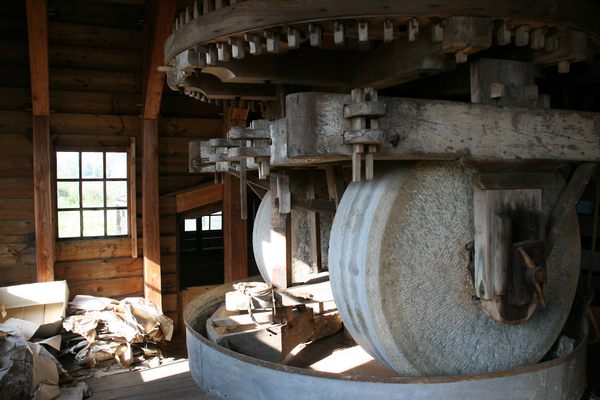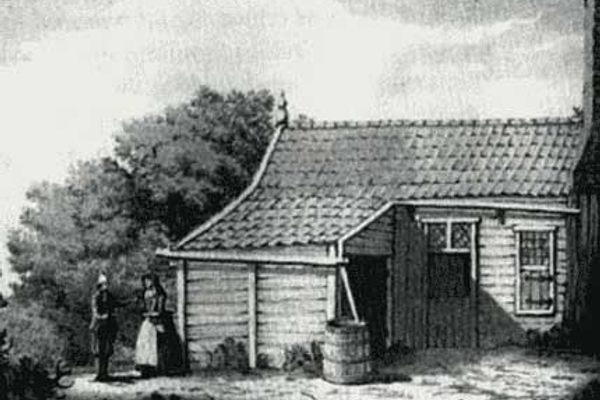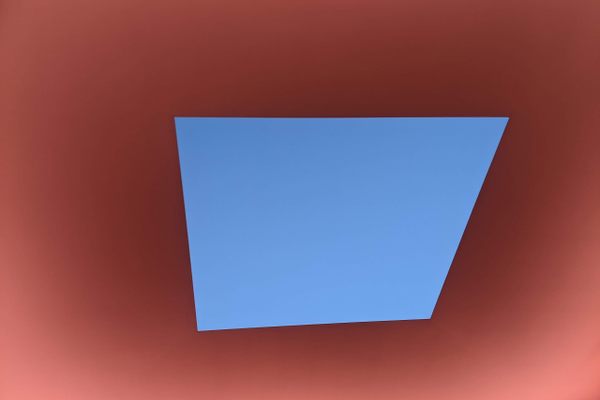AO Edited
Verfmolen De Kat
This windmill has been grinding pigments for traditional paints for more than 200 years.
This 18th-century windmill produces pigments the old-fashioned way: with wind power. The windmill has a fascinating history tied to the Dutch Golden Age when the Netherlands was not only a maritime power but also a center for fine arts, supplying vibrant pigments to the likes of Rembrandt and Vermeer.
A windmill was initially built at this site in 1646, but that original mill was damaged and a new one was built in 1782. Four giant blades harness the wind to power grinding stones, which crush different types of rocks into fine powders used to tint oil paints, watercolors, and more.
Today, visitors can see the grinding stones in action, crushing raw materials like chalk and minerals into fine pigment powders. The mill has to be thoroughly cleaned between production of each different pigment, so large quantities are made at a time. Depending on the day, you might see minerals like lapis lazuli or malachite being ground into blue and green pigments, respectively, or more mundane materials like roof tiles, which are turned into the appropriately named “tile red” pigment.
The interior of De Kat is a beautiful mix of traditional Dutch craftsmanship and industrial ingenuity. Climbing the steep ladders inside, visitors reach the upper deck, where panoramic views of the surrounding area unfold. From here, you can see the Zaan River, dotted with traditional wooden houses and other iconic windmills, painting a quintessential Dutch landscape.
Know Before You Go
The Zaanse Schans is easily accessible from Amsterdam via a short 20-minute train ride to Zaandijk-Zaanse Schans station, followed by a 10-minute walk to the area. Tthere are buses and organized tours available.
The mill is typically open year-round, though hours can vary by season. It's always a good idea to check in advance, especially during holidays.
The windmill’s interior involves steep ladders, so comfortable shoes and good mobility are important. It may not be ideal for those with mobility issues or small children. Some parts of the mill can be windy and chilly, especially on the upper deck, so dress appropriately depending on the weather.
Besides De Kat, the Zaanse Schans has several other windmills and attractions like cheese factories, wooden shoe workshops, and traditional Dutch bakeries, making it a full-day experience.



















Follow us on Twitter to get the latest on the world's hidden wonders.
Like us on Facebook to get the latest on the world's hidden wonders.
Follow us on Twitter Like us on Facebook